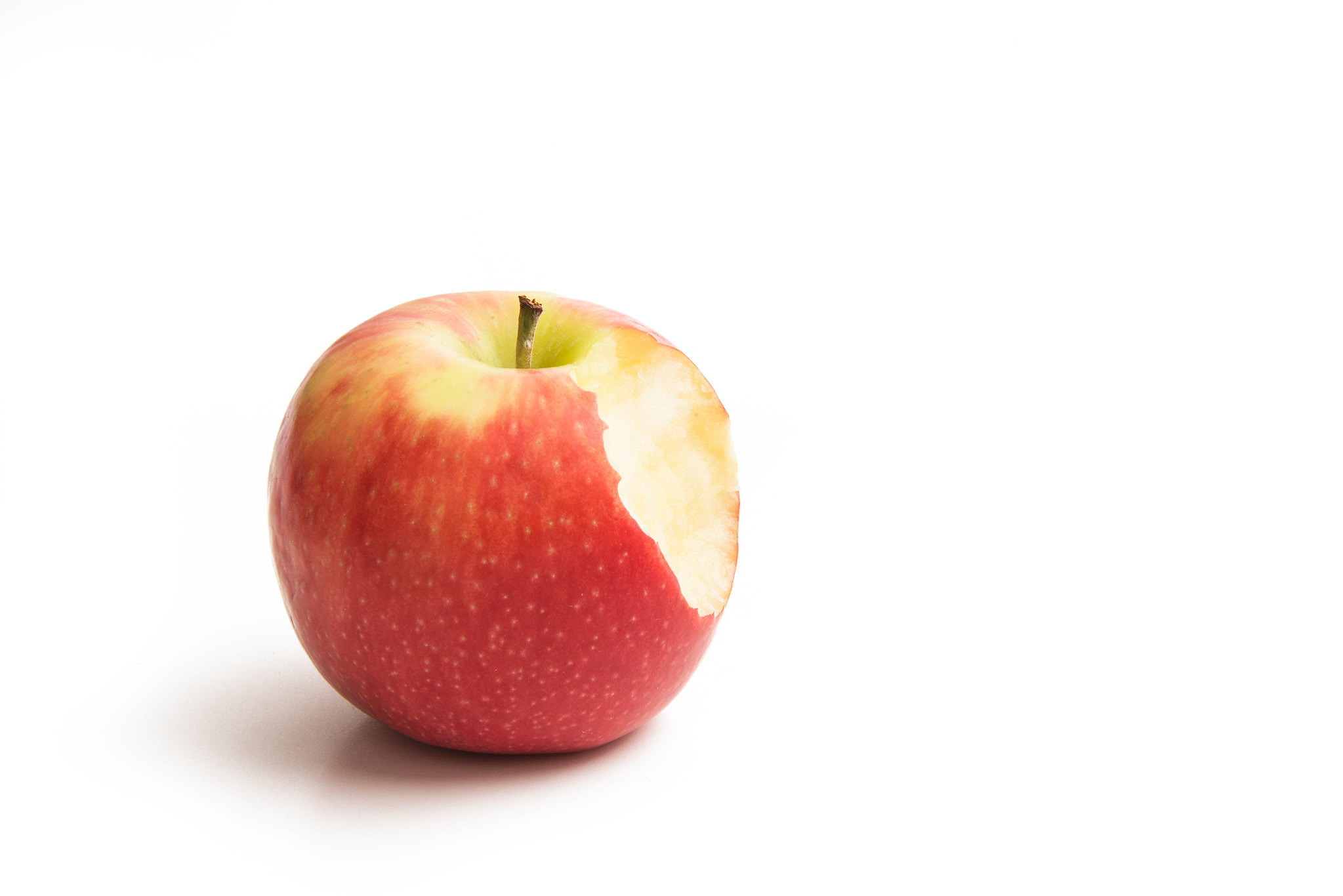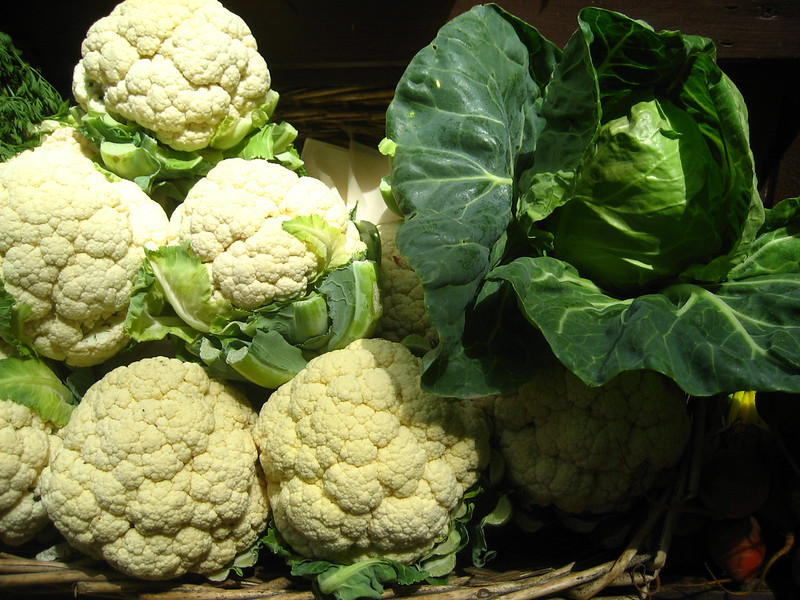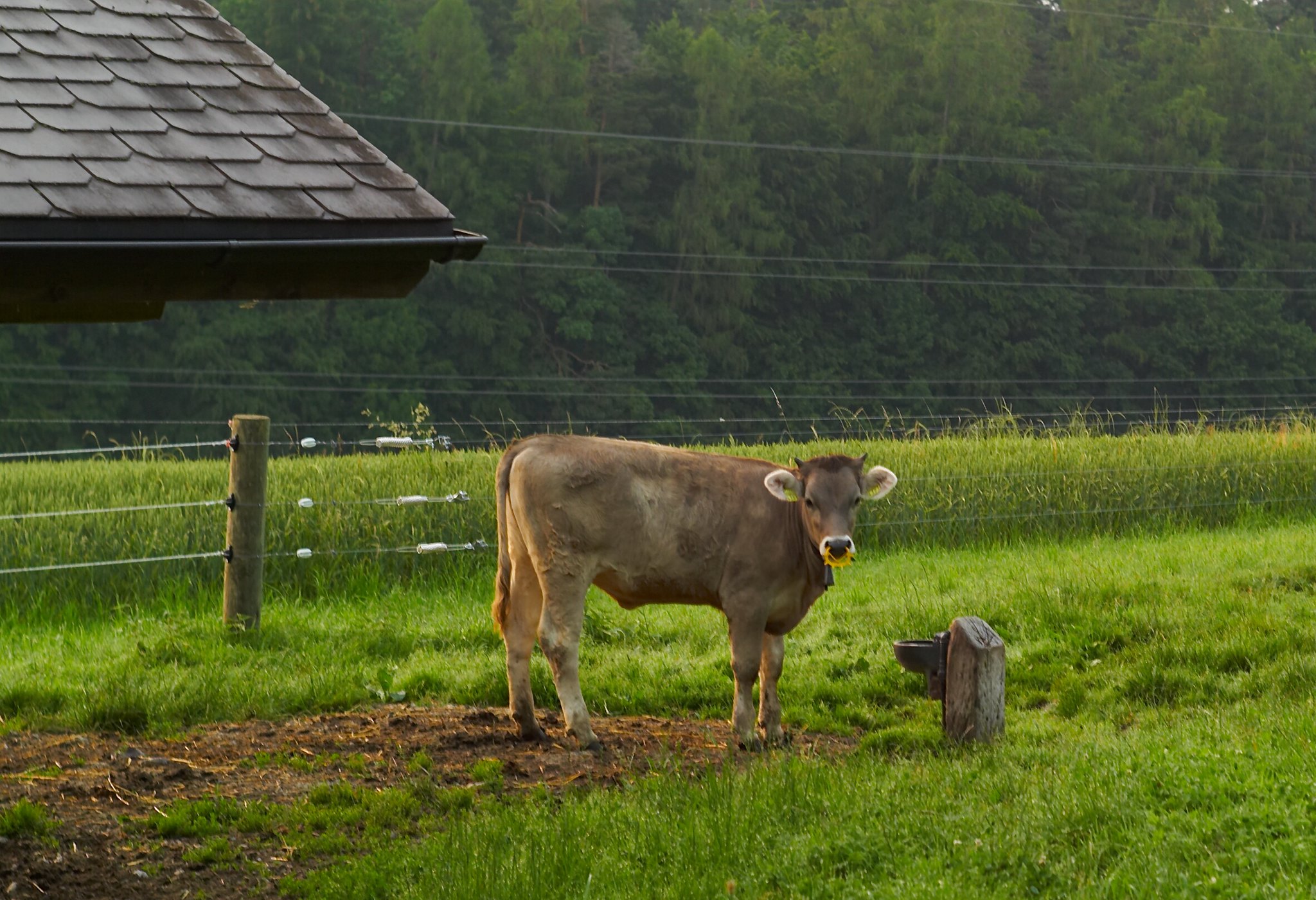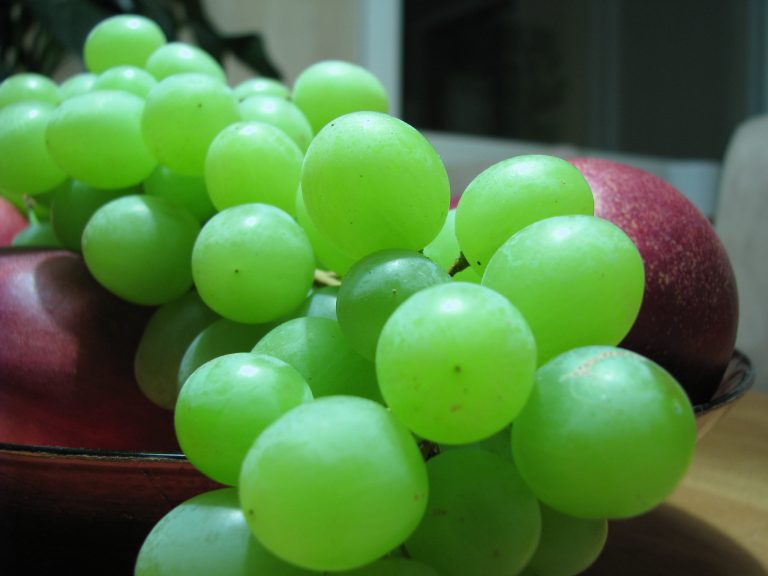September brings cooler nights, a bustle of back-to-school activities, and an abundance of produce. Many plants that just emerged in the spring — such as tomatoes, peppers, squash and corn — are now bearing fruit. Early apples, pears and a variety of grapes announce the approaching autumn, while brassicas like cauliflower, cabbage and broccoli form lofty heads.
This month, as we enjoy the fruits from many months of labor, we should keep in mind that not all produce is equally easy to produce. Pests and disease plague various commercial crops, and the use of pesticides is widespread. While the effects of these chemicals are still largely unknown, many studies have linked their use with alarming health concerns.
Thus, for the protection of their own health and that of the environment, many opt for organically produced foods — grown without the use of potentially harmful chemicals, genetic modification, hormones or antibiotics. Unless you are growing it yourself, however, organic produce can come with a hefty price tag; so it pays to know which conventionally-grown foods are most likely to carry harmful residues.
Why go organic?
The use of synthetic fertilizers, introduced a century ago, has had a devastating impact on the environment. In exchange for some short-term benefits, it has caused long-term damage to the soil — including reduced fertility and structural compaction, not to mention air and water pollution. Likewise, chemical pesticides have a lasting detrimental effect on the ecosystem, as poisons are accumulated through the food chain and washed into the waterways.
Due to a broad range of variables, determining the effects of this situation on human health has been difficult and inconclusive; but a number of studies suggest the exposure to residual pesticides in food has led to an increase in adult cancer rates, cognitive impairment in children, an increase in allergies and infertility and decreased immunity.
Success
You are now signed up for our newsletter
Success
Check your email to complete sign up
Since 2004, in response to a growing alarm regarding the use and effects of pesticides, the Environmental Working Group (EWG) has published an annual list of the worst offenders in the produce department, and dubbed it the “dirty-dozen.”
The dirty dozen

The produce most contaminated with pesticides includes many tree fruits – such as apples, cherries, nectarines, peaches and pears – as well as smaller fruits like grapes, peppers of all sorts, strawberries and tomatoes. Greens – especially spinach and kale – are surprisingly laden with multiple chemical residues; and root vegetables – especially potatoes – absorb untold quantities of chemicals that seep into the soil after being sprayed on the plants.
While increasingly available at large groceries, organic produce can be both expensive and poor quality if shipped across the country. Fortunately, many of these crops can easily be grown without pesticides in a home garden or found at a local farmer’s market. Although they might not have the means to go through the expensive organic certification process, small-scale farmers are unlikely to spend their limited money on chemicals.
Tomatoes, peppers, and greens are incredibly easy to grow as annuals — you just need to protect them from the critters. Perennial berries and grapes require some year-to-year maintenance, but are well-worth the effort. And fruit trees, although they are a long-term investment, can eventually provide such an abundance that you may be moved to preserving and sharing the bounty.
The clean 15

If the cost of organic is more than you can justify, and you have no possibility for growing your own produce, you can focus on consuming the “clean 15.” This is a companion list of produce that naturally grows well without the use of chemical fertilizers and pesticides. It includes tropical and semi-tropical fruits like avocados, grapefruit, kiwi, mangos, pineapple and papaya, as well as regional crops like asparagus, cabbage, cauliflower, eggplant, melons, onions and sweet corn.
While these lists are a great reference for fresh produce, they fail to address the startling degree of contaminants found in cereal grains such as wheat, oats and rice; legumes like soybeans, chickpeas and pinto beans, condiments like sugar and cooking oils, and various animal products. There is no easy, do-it-yourself fix for these items, so they should be a top priority in your organic shopping list if they have a prominent place in your diet.
Animal products

While it may be a mental challenge to think of animals as seasonal, when following their natural life cycle, the food they produce certainly changes over the course of a year. For instance, hens lay the most eggs in the spring, as the increase in daylight lets them know that it will soon be warm enough to raise a brood of chicks. Unless supplemental light is provided, they lay very few eggs during the darker months.
Similarly, cows produce their best milk upon calving in the spring, after which it gradually becomes less creamy and abundant. Seasonal dairy for the later months would include aged, cultured products like cheese, butter or yogurt. Grazing animals also make the best meat after they have enjoyed a summer pasture.
Seasons aside, there are a number of concerning factors regarding the consumption of conventionally grown animal products.
For one thing, over 60 percent of beef cattle are subjected to bovine growth hormone (BGH), while a smaller percentage of dairy cows are given hormones to increase milk production. Livestock are also routinely given antibiotics in their feed, which may reduce the effectiveness of antibiotics in secondary consumers. In addition, conventional feed is likely to contain heavy metals and other toxins from pesticides and fertilizers used to produce it.
To protect yourself from the still-undetermined effects of these substances, aim to go local and organic for the foods that you frequent from the danger zone, and feel confident in doing as little harm to the planet as you are to yourself. Better yet, embark on a journey of self-sufficiency and discover the joy and satisfaction of a traditional lifestyle through gardening or foraging wild edibles!















